What I Buy and Why
Gallerist Josh Lilley on Collecting Playful Works But Keeping Them Out of Reach of Little Hands
He's built a distinctive (and childproof) personal collection in his London home.
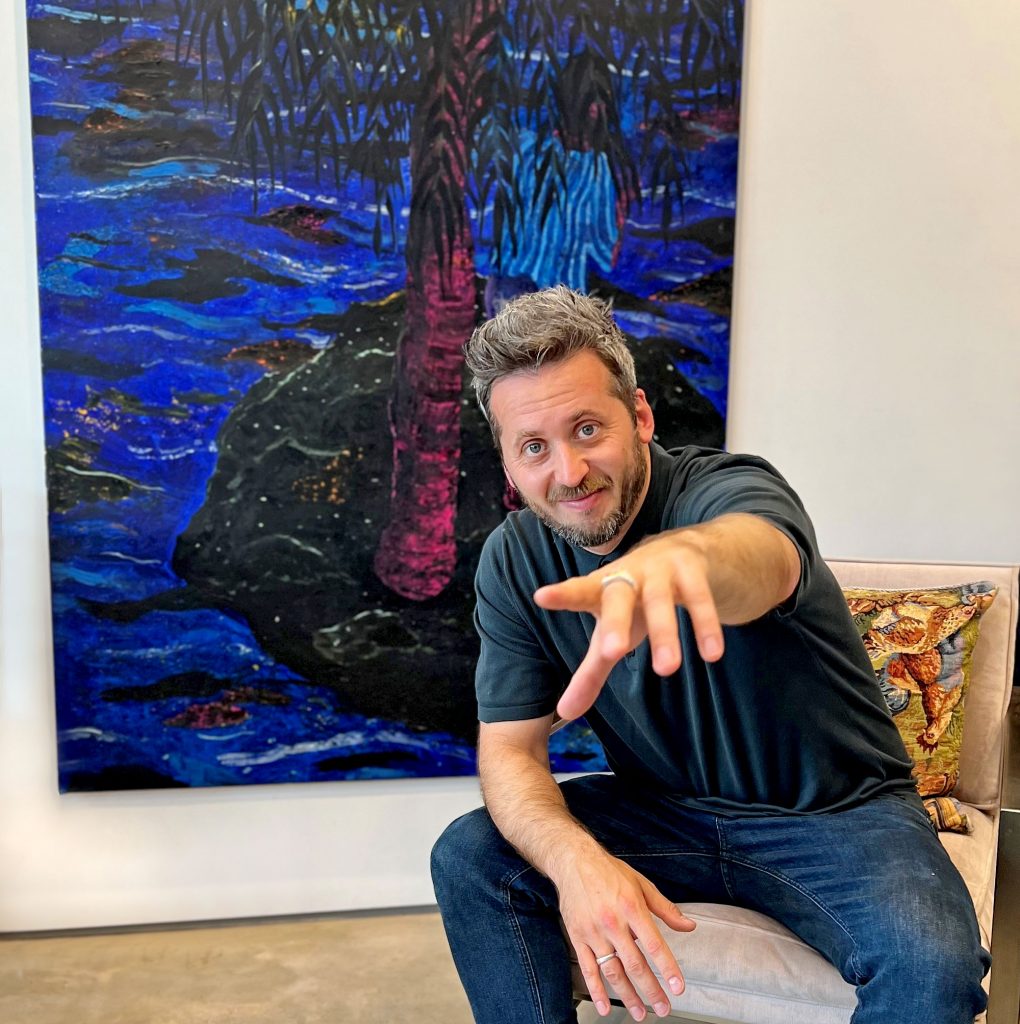
He's built a distinctive (and childproof) personal collection in his London home.

Artnet News

The London-based gallerist Josh Lilley began amassing his personal collection in 2006 with an ornate landscape by the Korean painter Sea Hyun Lee. “It was a total rush,” he recalled of the spontaneous purchase. He hasn’t looked back since.
Nowadays, his collection focuses primarily on emerging British and American artists, especially those of a playful nature. He’s particularly fond of a work by the late American artist Kaari Upson—one of her brightly colored silicone mattresses—that he bought at Frieze London in 2014, and Alex Da Corte’s Haymaker, which depicts the Wicked Witch of the West from The Wizard of Oz. That piece is accentuated with piles of children’s toys, which explains his light-hearted curation vibe, and which may also explain why he decided to childproof by moving a fragile Tau Lewis sculpture elsewhere, away from prying little hands.
Lilley has also acquired pieces by Nick Goss, Celeste Rapone, Gareth Cadwallader, Rachel Maclean, Derek Fordjour, Kathleen Ryan, and Martine Gutierrez, some of which hail from his eponymous London gallery, opened in 2009. Add to the list Patrick Caulfield, who was the recent subject of a reappraisal exhibition of 40–50 previously unseen works. Lilley regularly attends major global art fairs, and this year he has plans on Frieze Seoul (where he’ll set up a dedicated space for painter Tom Anholt), Frieze London, and Art Basel Miami—where he hopes to pick up additional works for his collection.
We caught up with Lilley for a primer on his current tastes, where he buys, and the one work he’d steal if he weren’t caught (hint: Caravaggio, any of them).
What was your first purchase?
I bought one of the three paintings Korean artist Sea Hyun Lee exhibited for his masters show at Chelsea in 2006. I was mesmerized. It was the third work from his “Between Red” series. It was £4,000 ($7,500) and I was terrified to spend that amount of money.
What was your most recent purchase?
I bought a painting titled Weekenders from Celeste Rapone’s recent exhibition. I feel she is one of the most important painters of her generation. It’s a stunning picture, and for various reasons it resonated powerfully with me.
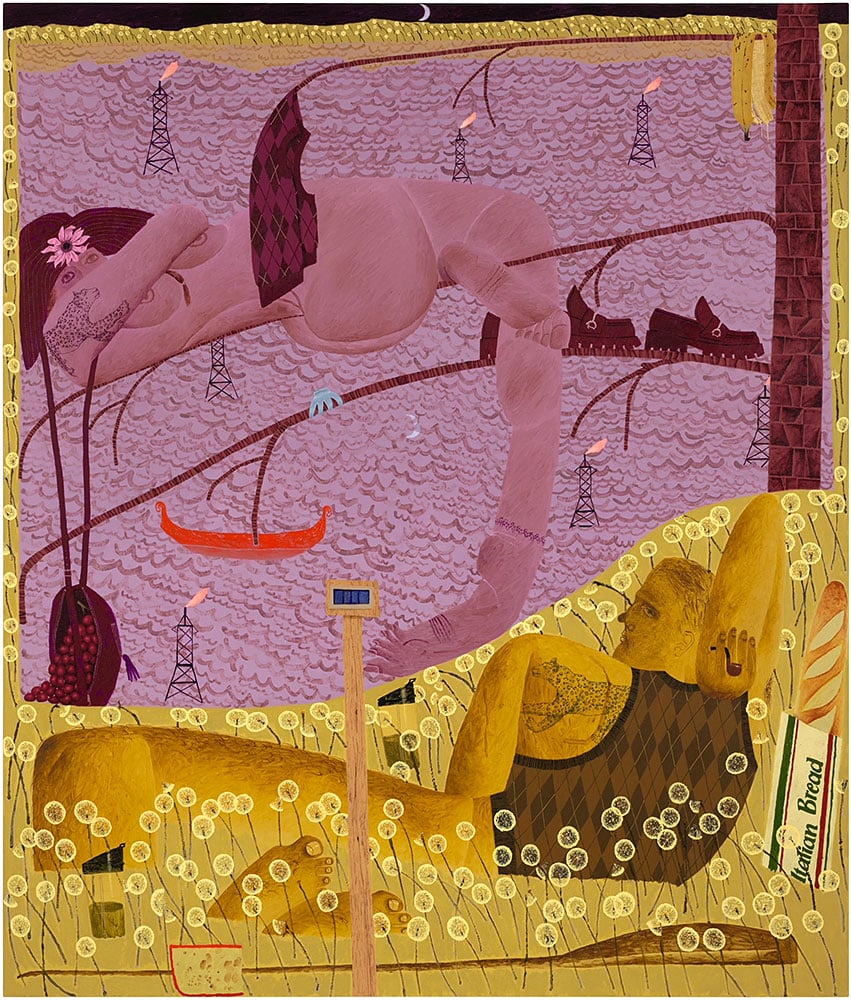
Celeste Rapone, Weekenders (2023). Courtesy of Josh Lilley.
Tell us about a favorite work in your collection.
I am in awe of a mattress by Kaari Upson that I bought in 2014. I remember Victoria Miro telling me once that yellow and green were the least desirable colors in art. Perhaps that’s why it was available at the time. Kaari wrote to me after I posted a picture of it, saying she was so happy I’d bought it and it was the only yellow mattress she’d ever made. I think Kaari is one of the greatest and most inspirational artists.
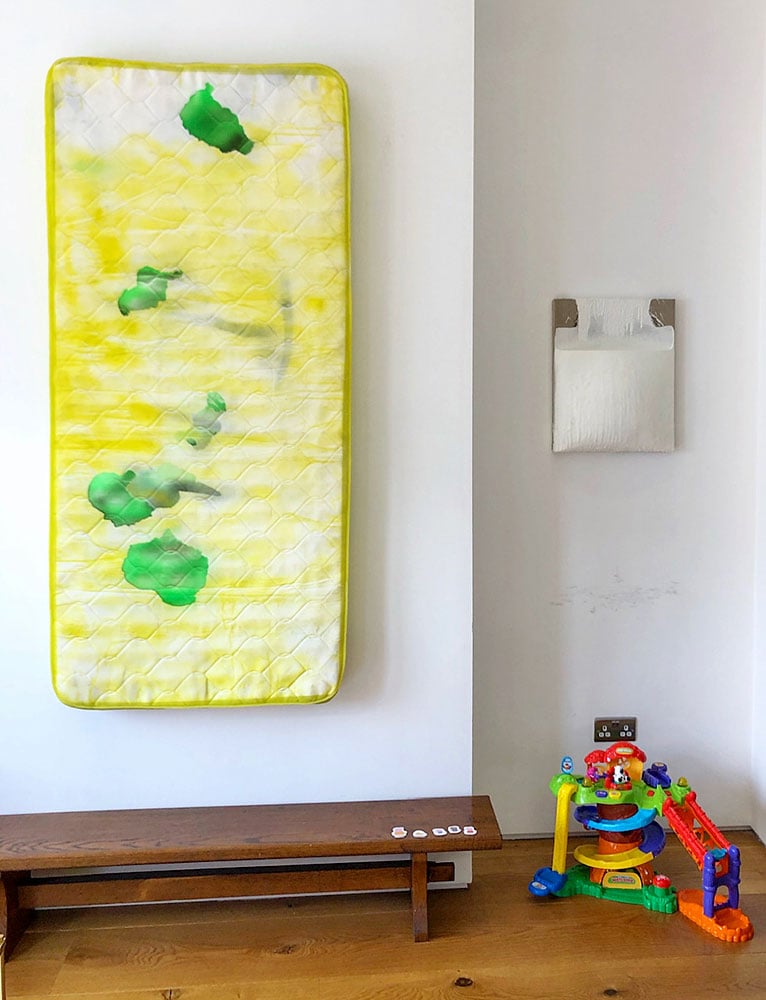
Kaari Upson, 52 (2013) and Analia Saban, Study for Decant (White) (2011). Courtesy of Josh Lilley.
Which works or artists are you hoping to add to your collection this year?
I don’t really think like that. There is no plan. I’ve amassed a special collection from having worked with special artists. I’ve supported them, and ostensibly the works I collect are by people I have a relationship with. When things are going well, it goes back into art.
What is the most valuable work of art that you own?
I couldn’t say. A lot of them are very precious to me.
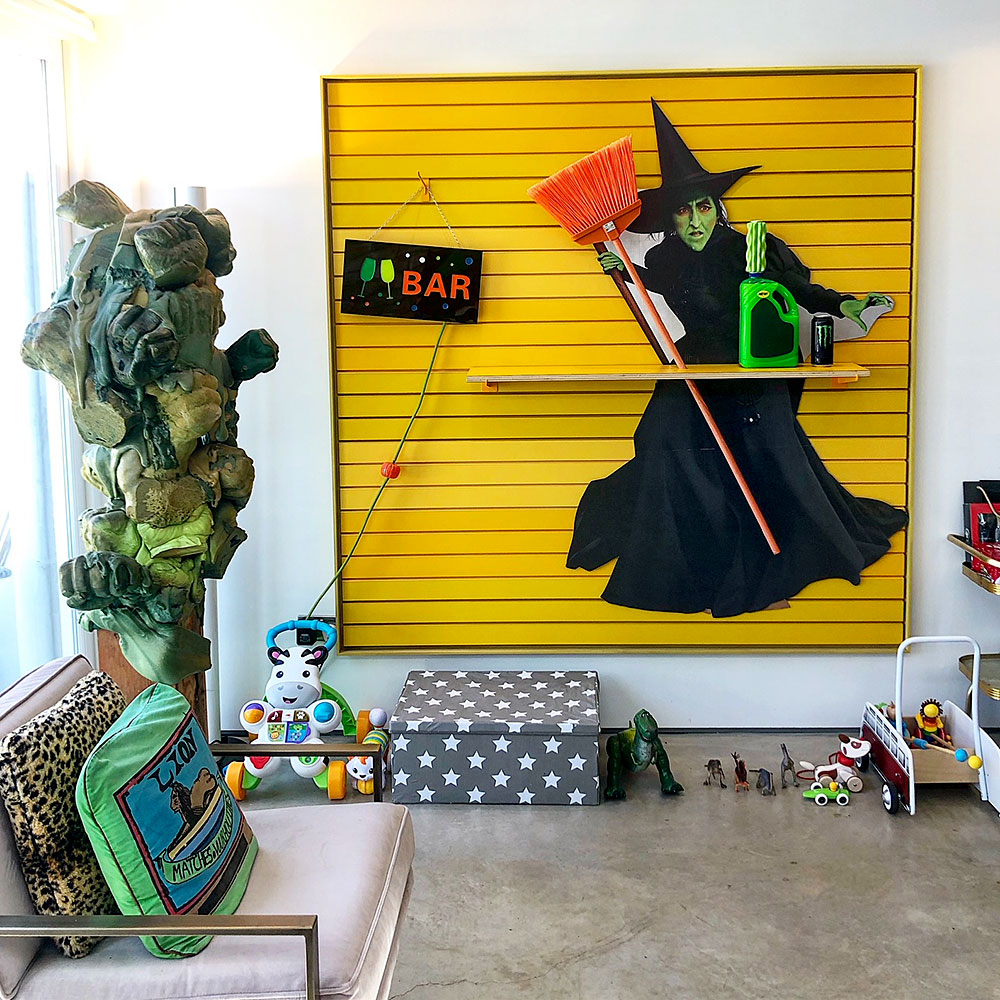
Catharine Czudej, Incredible Hulk (2014), far left, and Alex Da Corte, Haymaker (2017). Courtesy of Josh Lilley.
Where do you buy art most frequently?
I have relationships with a lot of galleries. We work with a lot of artists. You are always keeping an eye out in terms of programming. I love what I show. The line between showing something and wanting to enjoy it longer term is very thin.
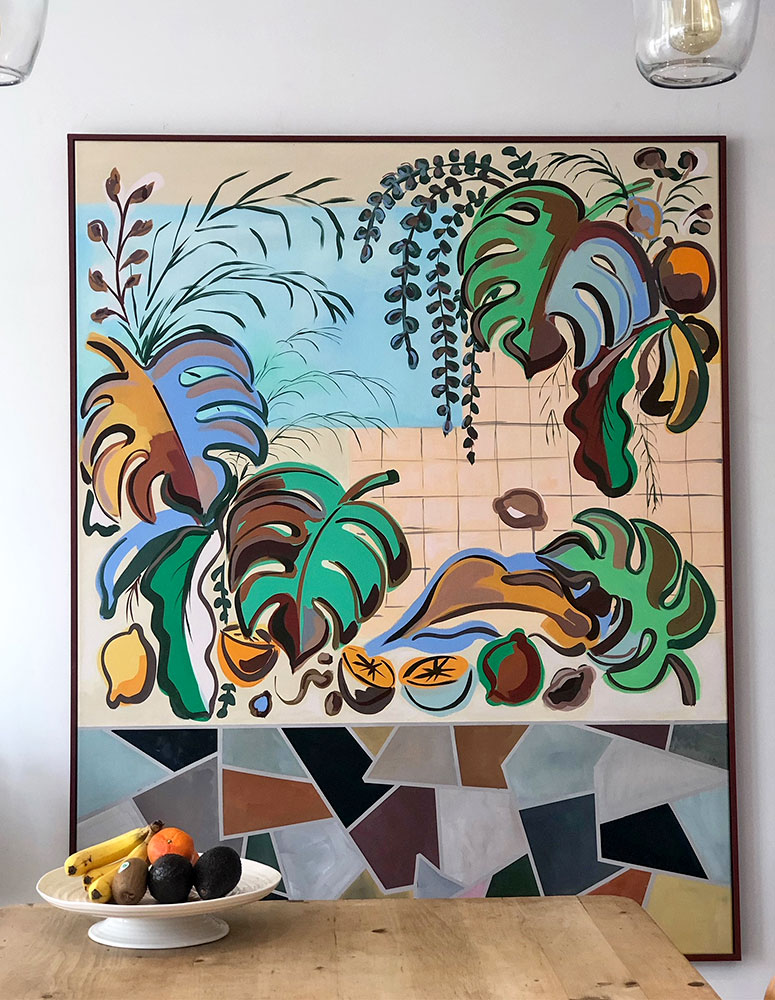
Sol Calero, Solo Pintura (2015) in Lilley’s kitchen. Courtesy of Josh Lilley.
Is there a work you regret purchasing?
I’d always prefer to regret not doing something.
What work do you have hanging above your sofa? What about in your bathroom?
A stunning large Nick Goss painting from his show at Pallant House. It’s of water. It’s an amazing thing. Especially when the light hits it. Above the other sofa is a Derek Fordjour.

Nick Goss, Flotsam (2017). Courtesy of Josh Lilley.
What is the most impractical work of art you own?
An artwork is only impractical because of what is going on around it. The creation of it made complete sense. I recently moved a Tau Lewis sculpture out of my house as the little person running past it all the time giving it high fives was getting too excited.
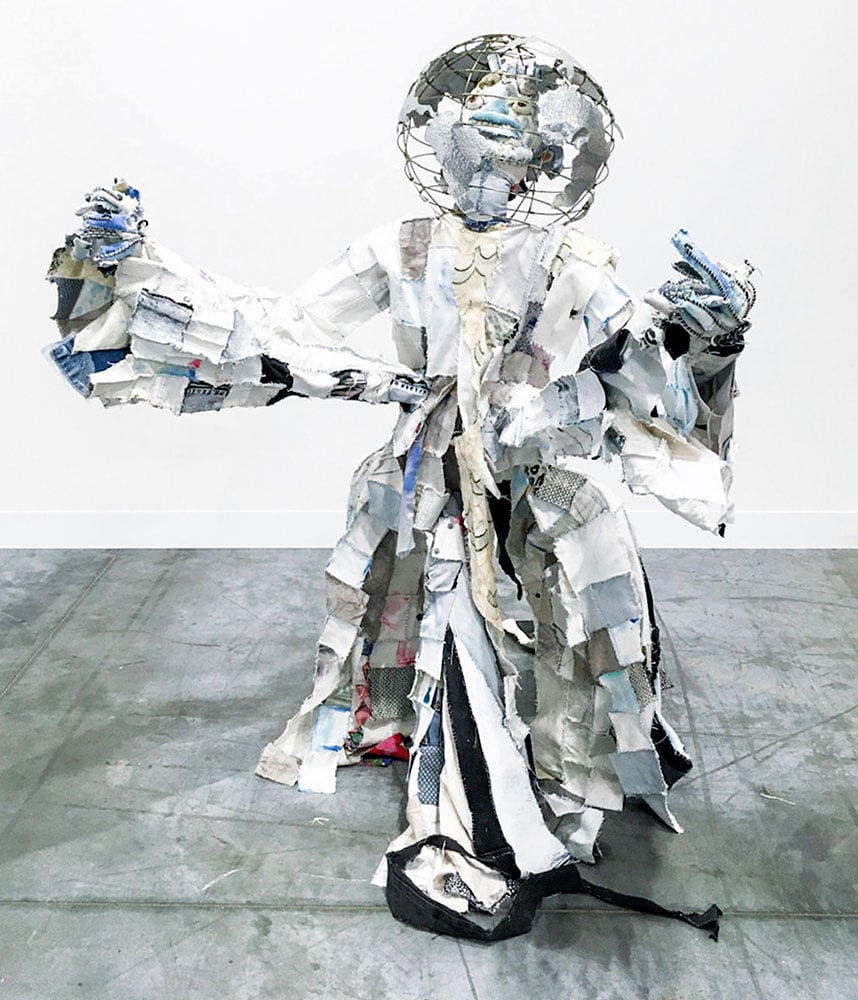
Tau Lewis, The Octonaut (I can be my own hands to hold) (2019). Courtesy of Josh Lilley.
What work do you wish you had bought when you had the chance?
A massive El Anatsui tapestry in 2006. It was $20,000.
If you could steal one work of art without getting caught, what would it be?
A Caravaggio. I’ll take any.